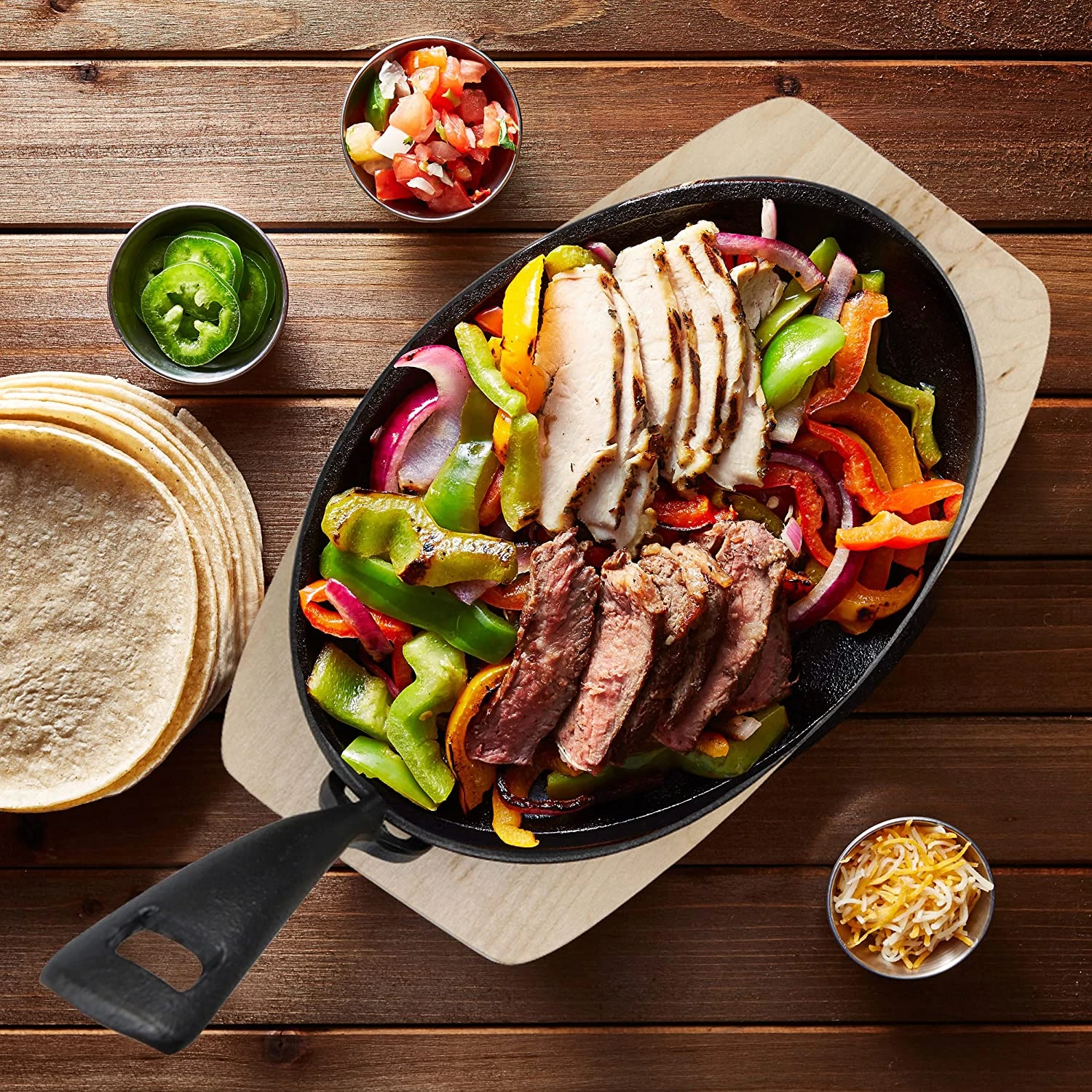
high quality dutch oven
Exploring High-Quality Dutch Ovens The Kitchen Essential for Chefs and Home Cooks
When it comes to versatile kitchenware, the Dutch oven stands out as a timeless essential. Celebrated for its ability to cook a wide range of dishes, from hearty stews to artisanal bread, a high-quality Dutch oven can elevate your culinary skills and enhance your kitchen experience. Understanding what makes a Dutch oven truly high-quality is key to making an informed purchase that will last for generations.
What is a Dutch Oven?
A Dutch oven is a thick-walled cooking pot, typically made from cast iron or ceramic, with a fitted lid. Its design allows for excellent heat retention and distribution, making it perfect for slow-cooking, braising, baking, and frying. The versatility of the Dutch oven enables it to transition seamlessly from stovetop to oven, allowing cooks to experiment with various cooking techniques without the need for multiple pots and pans.
Material Matters
When choosing a high-quality Dutch oven, material is an essential consideration. Cast iron is the classic choice, known for its durability and superior heat retention. High-quality cast iron Dutch ovens are often enameled, which provides a non-reactive cooking surface that doesn't require seasoning. This enamel coating simplifies clean-up and prevents rust, making it a practical option for everyday use.
Another popular material is ceramic. Ceramic Dutch ovens are lightweight and can come in a variety of beautiful colors and designs. While they may not match the heat retention of cast iron, high-quality ceramic versions can still perform admirably in the oven and are often less prone to scratching.
Key Features to Look For
high quality dutch oven

1. Weight A high-quality Dutch oven tends to be heavy, reflecting the thickness of the material. A heavier pot heats evenly and retains heat better, resulting in uniformly cooked food.
2. Lid Fit The lid should fit snugly on the pot to trap steam and moisture, essential for braising and slow cooking. A well-fitted lid also helps to maintain consistent temperatures throughout the cooking process.
3. Handle Design Look for ergonomically designed handles that provide a sturdy grip. This is particularly important for larger Dutch ovens, which can be heavy when full.
4. Versatility Ideally, a Dutch oven can be used on the stovetop, in the oven, and even over a campfire. Make sure to check the manufacturer's specifications to know where and how you can use your pot.
Caring for Your Dutch Oven
To ensure your Dutch oven lasts a lifetime, proper care is essential. For enameled Dutch ovens, avoid using abrasive cleaners which can scratch the surface. Instead, opt for gentle dish soap and a non-abrasive sponge. For traditional cast iron models, seasoning with oil after cleaning helps to maintain a non-stick surface and prevent rust.
Conclusion
Investing in a high-quality Dutch oven is a decision that pays off in delicious meals and remarkable culinary experiences. Whether you are a seasoned chef or just starting your cooking journey, the versatility, durability, and timeless appeal of a Dutch oven make it a worthy addition to any kitchen. When purchasing, consider the material, weight, handles, and overall design to ensure you select a pot that meets your cooking needs. With the right Dutch oven in your kitchen, the possibilities are endless—bringing warmth, flavor, and creativity to your dining table.
-
Season Cast Iron Perfectly with GPT-4 Turbo TipsNewsAug.01,2025
-
High Quality Cast Iron Cookware - Baixiang County Zhongda MachineryNewsAug.01,2025
-
Premium Cast Iron Pan: Durable & Perfect HeatNewsAug.01,2025
-
High Quality Kitchen Durable Black Round Cast Iron Cookware Pancake Crepe Pan-Baixiang County Zhongda Machinery Manufacturing Co., Ltd.NewsAug.01,2025
-
Cast Iron Cookware - Baixiang County Zhongda Machinery | Nonstick, Heat ResistanceNewsAug.01,2025
-
High Quality Kitchen Durable Black Round Cast Iron Cookware - Baixiang County Zhongda Machinery | Non-Stick, Heat Retention, DurableNewsJul.31,2025


